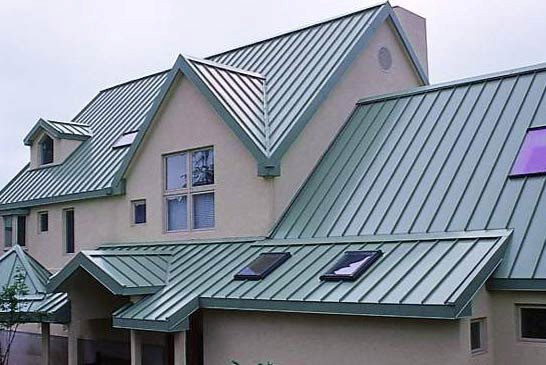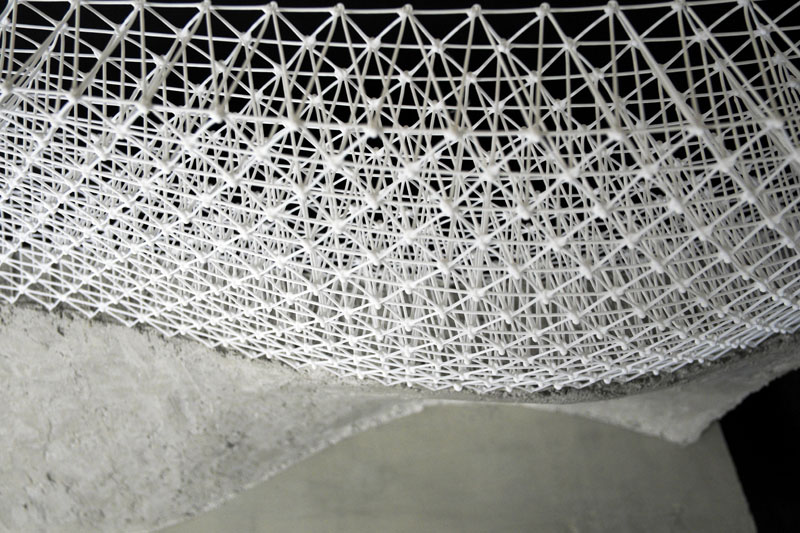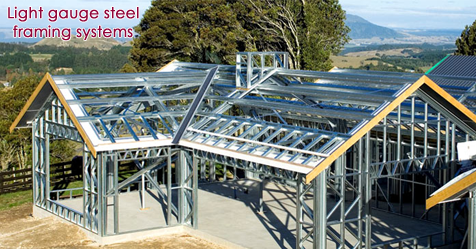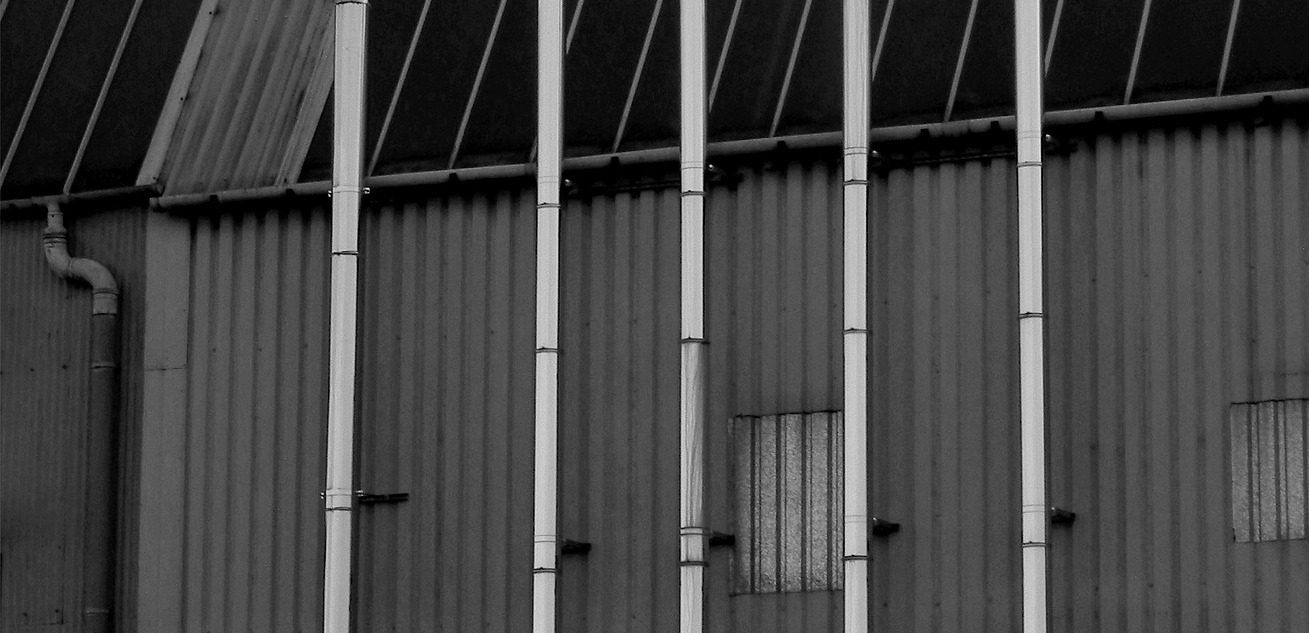Metal in construction

|

|

|

|
Contents |
[edit] Introduction
Metals are solid material that are generally hard, shiny, malleable, fusible, ductile, and have good electrical and thermal conductivity. Metals are commonly used in the construction industry due to their durability and strength to form structural components, pipework, cladding materials and other components.
[edit] Steel.
Steel is an alloy of iron and a number of other elements, mainly carbon, that has a high tensile strength and relatively low cost and is used for structural and other applications in the construction industry.
Types of steel include:
- Stainless steel: Steel combined with chromium (and sometimes nickel). Stainless steels generally do not form rust on their surfaces and do not discolour.
- Galvanised steel: A zinc coated steel that is resistant to corrosion.
- Weathering steel: Has a rust-like appearance that can resist corrosion and abrasion, by forming a protective surface layer, or patina.
- Other alloys.
For more information see: Steel.
[edit] Aluminium
Because of its ductility, aluminium can be formed into many shapes and profiles. Aluminium wall cladding systems are commonly used for building exteriors, with large wall panels requiring fewer joints, resulting in time-efficient installation. Today, aluminium is the second most used metal in buildings after steel, used for roofing, flashing, wall panels, windows and doors, spandrels, and so on.
For more information see: Aluminium.
[edit] Iron
Iron is the chemical element most commonly found on Earth by mass. As iron-bearing rock is plentiful, iron alloys are popular industrial and construction materials.
Types of iron include:
- Cast iron.
- Pig iron.
- Wrought iron.
For more information see: Iron.
[edit] Copper
Copper is a soft, malleable, and ductile metal with high thermal and electrical conductivity. It is a pinkish-orange colour. Copper is commonly used in the construction industry to form pipes and tubing, as it is malleable and joints can be easily formed by soldering. It is also used as a cladding material, sometimes allowed to oxidise to a blue green colour.
For more information see: Copper.
[edit] Lead
Lead is a heavy metal that can be toxic when absorbed into the body.
In construction, lead is used due to its ductility to form roofs and other cladding panels as well as windows, linings for cornices, tanks, copings, gutters and downpipes, flashing, and so on. It is also a component of soft solder.
Historically it was used in paints and pipework. Most lead-based paint was banned from sale to the general public in the UK in 1992. It has not been used for water pipes since 1970, however, it may still be present in older properties. It is recommended that lead pipes should be replaced.
[edit] Others
Other metals that might be used in construction include:
[edit] Alternative meanings
The term 'metal' can also be used to refer to:
- Molten glass.
- Constructing or repairing a highway with road metal (a metalled road). For more information see: Metalled.
[edit] Related articles on Designing Buildings
- Aluminium.
- Bronze.
- Cast iron.
- Copper.
- Corrosion resistant alloy CRA.
- Difference between cast iron and wrought iron.
- Failure of cast iron beams.
- Ferrous.
- Gold.
- Iron.
- Ironwork.
- Lead.
- Mesh mould metal.
- Metal composite panels.
- Metal fabrication.
- Metal profile cladding
- Metal roofing.
- Non-ferrous metals.
- Silver.
- Steel.
- Structural metal.
- The Iron Bridge.
- Tin.
- Types of metal.
- Types of materials.
- Types of steel.
- Vickers hardness rating scale.
- Wrought iron.
Featured articles and news
A threat to the creativity that makes London special.
How can digital twins boost profitability within construction?
A brief description of a smart construction dashboard, collecting as-built data, as a s site changes forming an accurate digital twin.
Unlocking surplus public defence land and more to speed up the delivery of housing.
The Planning and Infrastructure bill oulined
With reactions from IHBC and others on its potential impacts.
Farnborough College Unveils its Half-house for Sustainable Construction Training.
Spring Statement 2025 with reactions from industry
Confirming previously announced funding, and welfare changes amid adjusted growth forecast.
Scottish Government responds to Grenfell report
As fund for unsafe cladding assessments is launched.
CLC and BSR process map for HRB approvals
One of the initial outputs of their weekly BSR meetings.
Architects Academy at an insulation manufacturing facility
Programme of technical engagement for aspiring designers.
Building Safety Levy technical consultation response
Details of the planned levy now due in 2026.
Great British Energy install solar on school and NHS sites
200 schools and 200 NHS sites to get solar systems, as first project of the newly formed government initiative.
600 million for 60,000 more skilled construction workers
Announced by Treasury ahead of the Spring Statement.
The restoration of the novelist’s birthplace in Eastwood.
Life Critical Fire Safety External Wall System LCFS EWS
Breaking down what is meant by this now often used term.
PAC report on the Remediation of Dangerous Cladding
Recommendations on workforce, transparency, support, insurance, funding, fraud and mismanagement.
New towns, expanded settlements and housing delivery
Modular inquiry asks if new towns and expanded settlements are an effective means of delivering housing.























Comments
[edit] To make a comment about this article, or to suggest changes, click 'Add a comment' above. Separate your comments from any existing comments by inserting a horizontal line.